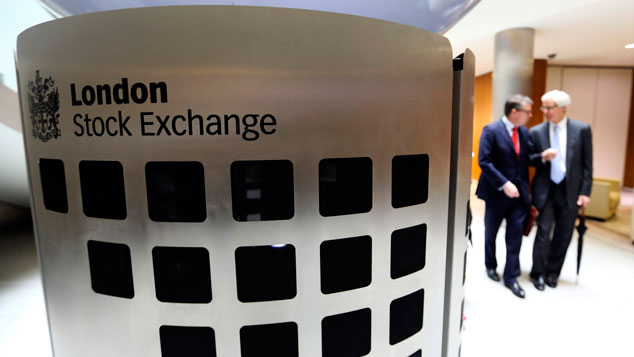
The results are in.
Global mergers and acquisitions (M&A) activity hit an all-time high this year.
Deals worth $4.6trn were done this year, compared to the previous record of $4.3trn.
I’m sure you’ll be comforted to hear that the year in which that previous record was set was 2007.
Slap bang before the financial crisis…
Chief executives – they’re like you and me, only paid a bit more
Given that chief executives are in charge of global businesses, you’d like to think that they’re great at taking investment decisions.
The funny thing is though, they’re not. They’re just like ordinary investors. Egged on by professionals in the City and on Wall Street who care only about their own fees, they tend to buy and sell at exactly the wrong moments.
That’s because they’re only human. They’re driven by the same needs and desires and blind spots that we all are. ‘Ego mergers’, driven by a desire to empire build, are a classic flaw. And pure exuberance-driven mergers – everyone else is doing it, we’d better do it too – are a problem as well.
Why are all of these deals a good idea now, rather than, say, four years ago, when everything was cheaper? That’s why it’s a little worrying that 2015 has become the biggest year for M&A since 2007. (It’s also worth noting that it hit a peak in 1999, just before the tech crash.)
Dealmakers are also being squeezed by the low interest rate environment, just like the rest of us. Desperate for growth, they’ve ‘bought it in’ rather than invest in organic expansion. Or they’ve looked at doing deals based on the potential tax benefits – like an unwary investor eyeing up a film production investment scheme.
In other words, they’re doing deals for all the wrong reasons – because there’s nothing better to do with the money. And with potential for the turmoil in the junk bond market to spread, and interest rates looking set to rise, dealmaking could get harder in 2016.
Buy low, sell high
If only companies had the sense to do deals at the bottom of the market, rather than the top. Then mergers might actually create some value for shareholders, instead of destroying it.
Well, on that note, there is one area where M&A activity could start to look sensible soon. That’s the mining sector. As Jonathan Guthrie notes in this morning’s Lombard column in the FT, there are such things as efficient miners.
Randgold Resources, for example, whose shares are no lower than they were at the start of what has been a brutal year for the mining sector, has just scrapped a plan to invest in a mine in Ghana. Put simply, the Obuasi mine’s cost of production is too high – it won’t deliver the “return benchmark of 20% at a spot price of $1,000” that Randgold’s chief executive needs.
But “other investments will”, notes Guthrie. And beyond gold, other mining majors “have the chance to pick up bargains from the likes of Glencore”.
It comes back to one of the simplest rules in investing: buy low, sell high. Most human beings find this hard to do. We’re social animals – it’s in our nature to get excited about the things everyone else likes, and to shun the things that everyone else despises.
There may be circumstances in which this is sensible. But it’s the very worst strategy to follow in investing. Warren Buffett made his fortune by investing in things that others had ignored.
In short, you want to invest alongside the value investors. And right now, the mining sector looks the most promising opportunity to do that. My colleague Alex Williams has listed his pick of the predators in the current issue of MoneyWeek magazine, on sale now. If you’re not already a subscriber, sign up now.